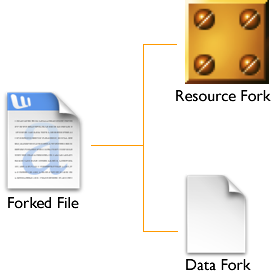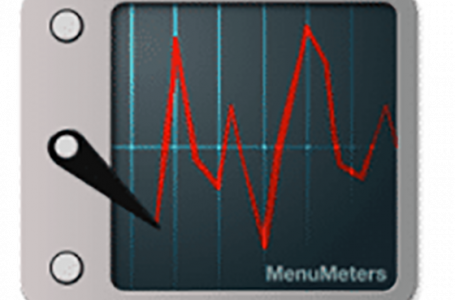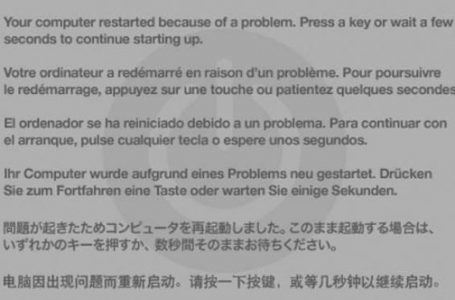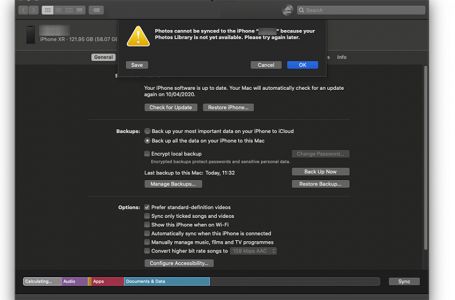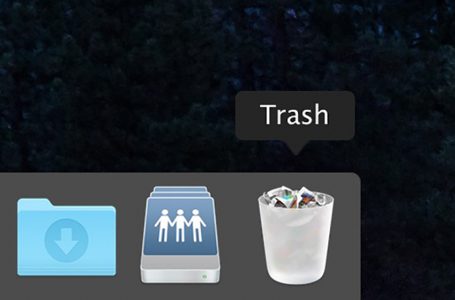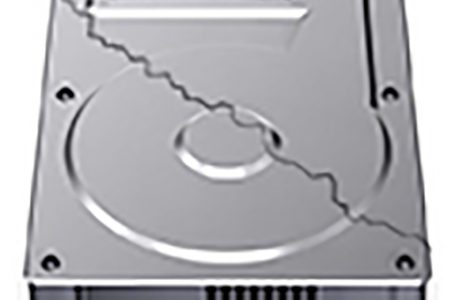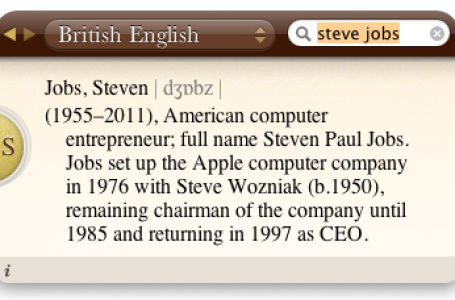Mac OS X Panther, Forked Files, Working With Files Across Platforms
At some point everyone has used a mac version of MSOffice and once their done, ported the completed file to a Windows platform. How many times have you received that shocked email when the receipient of your file, comes back and screams at you that there’s “nothing” in your email or that you’ve sent duplicates of the same file? This happens because macs and PCs handle files differently.
Forked Files, is the explanation to this phenomenon.
PCs and macs, store files differently. These differences can make it confusing when copying files between platforms. Not all mac files will be useful on a PC and vice versa. Executable program files compiled for one platform can not be used on the other, but there are many that have a separate version for each platform. In this article, we discuss common forked files that exist when we port MSOffice files from a mac to a Windows-based PC.
Mac Files
On a Mac OS Extended file system each file can have two parts called forks – a data fork and a resource fork. The data fork is similar to traditional idea of a file on many operating systems – containing a chunk of data. The resource fork puts structured information into a file – similar to a mini database. Where information, eg the last location of a file window dialogs appear in an application its stored. Forked files are transparent to the user on a mac because the Mac OS displays the forked file as a package, which appears for all intents and purposes as a single icon.
PC Files
Unlike the mac, PC files only have one file linked to each name. Copying PC files to the mac should be no problem. The PC file becomes the data fork of a mac file. When mac files are copied to a PC, their resource fork is usually left behind or copied as a separate file. Hence the appearance of duplicate files when mac files are copied onto a Windows-based PC. Since Windows operating system does not support forked files it displays both the data fork and resource fork as individual files/icons.
PCs have a different way of identifying a files type. This is done with an extension to a files name. The extension is the characters after a period at the end of the file name. It used to be limited to three characters in the DOS days, but it can now be larger. Instead of a separate creator field like the Mac, each extension is associated with an application. This is much less flexible than the type and creator fields on a Mac.
Dealing With Duplicate Files
Now that we have established that certain mac files appear to have duplicate files the simple solution is to inform the party receiving the file on a Windows-based PC to delete the file bearing a filename punctuated by a full-stop and an underscore, eg “._Sample File.doc”(the resource fork file) or install third party applications on your mac that will strip away the resource fork before the file is sent to a Windows-based PC to avoid the confusion altogether. Opening a resource fork file on a PC has no effect and deleting it does not effect the data fork file’s integrity.


